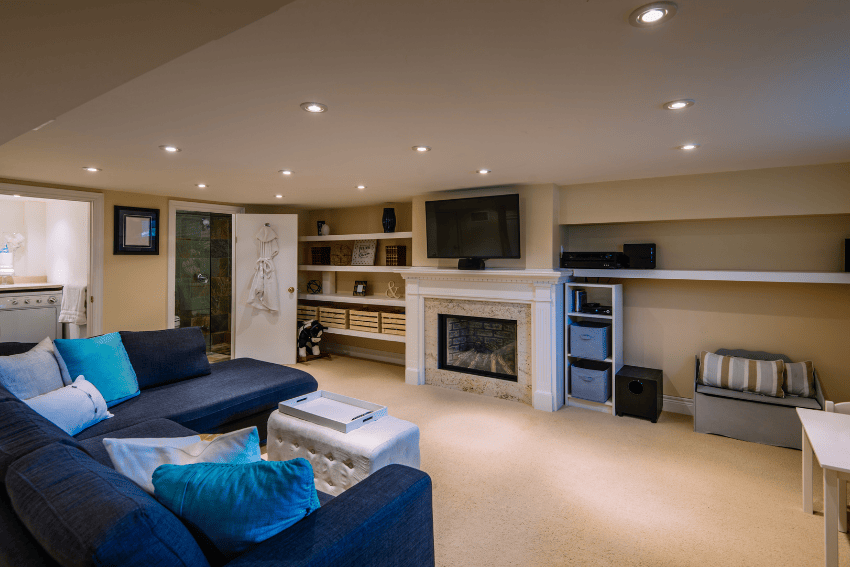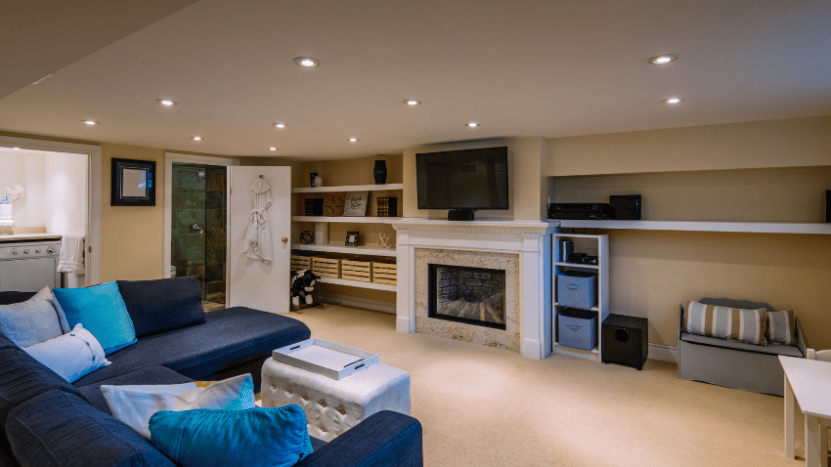
When I was a kid growing up in Southwest Minnesota, everyone had basements.
Basements initially served as “root cellars” to store potatoes and carrots all winter (which we actually did) and as protection from tornadoes (something we needed often on the prairie).
But the basements were also necessary to prevent homes from shifting during freezing and thawing periods, as shallower foundations offered no such protection (this is why you don’t see basements in warmer parts of the country btw).
In the 1950s, basements further evolved into giant play areas that I remember well, as my friends had ping pong and pool tables, boxing rings, TV areas, and giant Lionel train sets (my personal favorite) – among many other boomer entertainment devices.
We also used our basements to fix up our Sting-Ray bicycles in the winter to get them ready for summer riding season – that lasted about a week in Minnesota 😊.
I share all this because basements, or below-grade living areas, are no longer held in as high of esteem by appraisers and lenders.
This is because appraisal guidelines changed in 2022 and we are seeing issues arise from the change.
The biggest issues have to do with finished below-grade living areas in the hillside homes in the Bay Area and Austin, TX.
Even if the below-grade areas are built with permits, underwriters are not allowing them to be deemed part of the main house gross living areas (GLAs).
Hence, a 2,400 square foot house with a 600 square foot below-grade finished area, must be compared to 2,400 square foot homes and not to 3,000 square foot homes.
This is the case even if the area is only partially below-grade too, and built with permits (once again).
Other reminders:
- Staircases are not included in the GLA of the floor from which they descend.
- Non-permitted areas usually cannot be included in the GLA at all (unless they are “common for the area” and we can find similar comps).
- Ceiling heights need to be 7 foot or more to be included in the GLA.
- If a ceiling is sloping, at least 50% of the room must have 7 foot ceilings (and no area under 5 foot can be GLA).
- Detached in-law units cannot be included in the main house GLA too (I often tell a story about a Realtor who insisted his 2,400 square foot home was 3,700 square feet because he had a beautiful 1,300 square foot detached in-law above his garage, and his value estimates always exceeded his appraisals because appraisers had to compare his home to other 2,400 square foot homes).
The main takeaway though is to expect possible appraisal issues if you are selling, buying or listing a home with permitted below-grade (or even partially below-grade) space – that would have formerly been considered part of a home’s gross living area without question.
Jay Voorhees
Founder | JVM Lending
(855) 855-4491 | DRE# 1197176, NMLS# 310167








